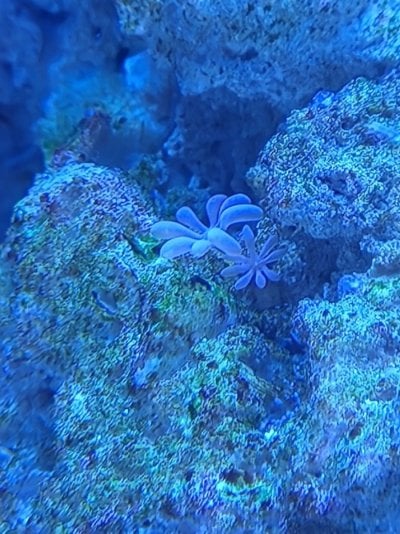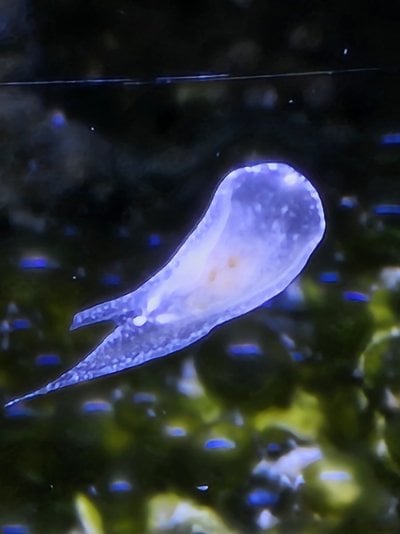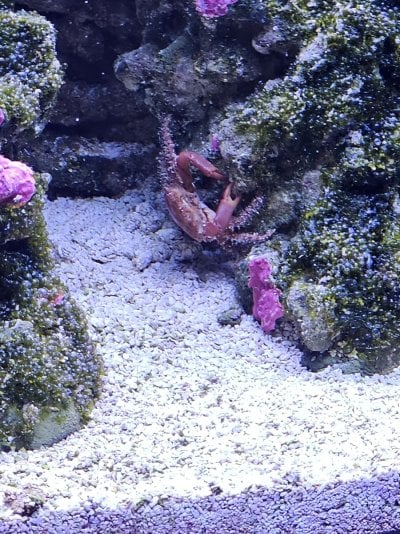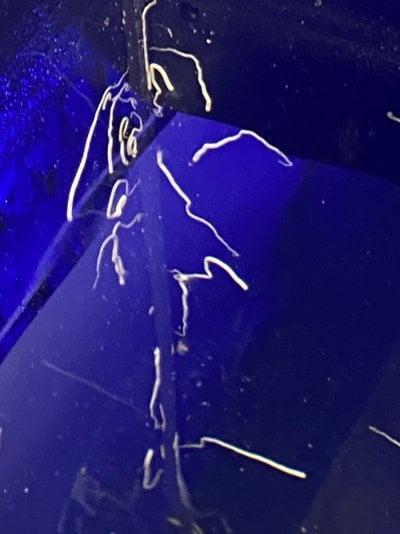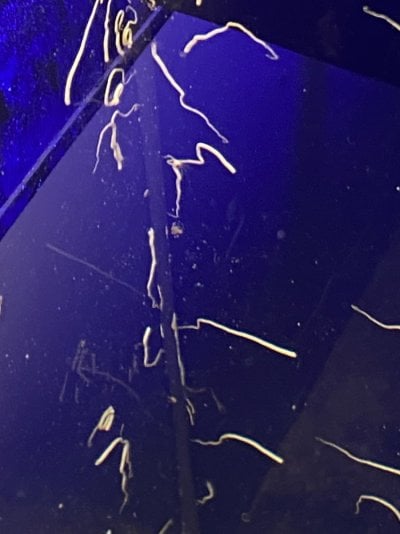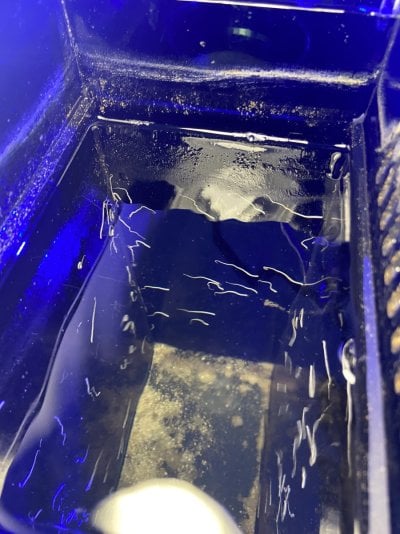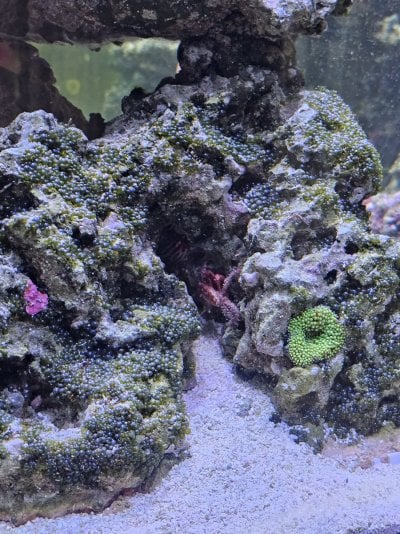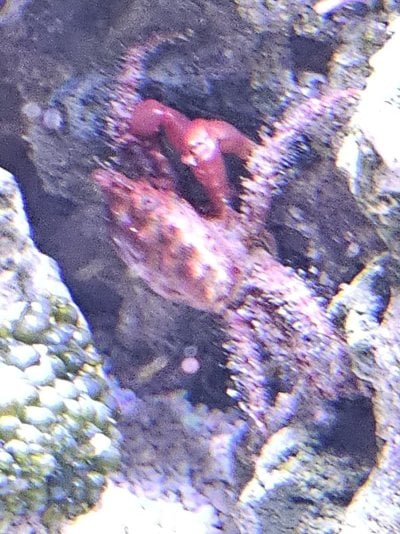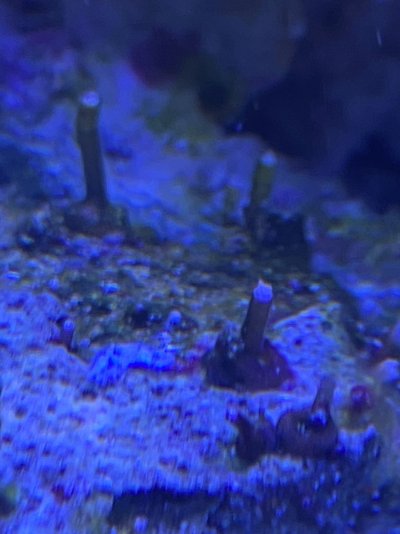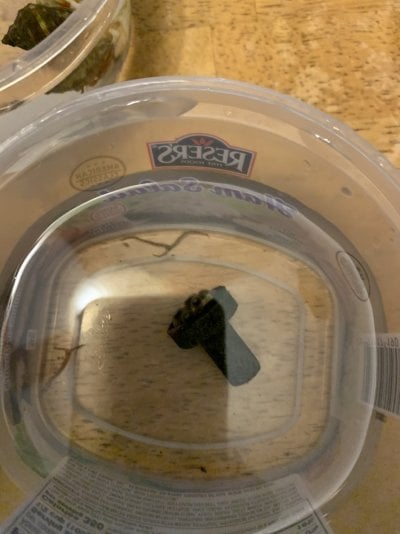What is LIVE rock for $500 Alex? 
20 years ago when I knew what it was, I used to enjoy finding feather dusters. It was always amazing how much time could pass while continually discovering new things making their way out.
20 years ago when I knew what it was, I used to enjoy finding feather dusters. It was always amazing how much time could pass while continually discovering new things making their way out.



